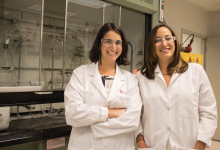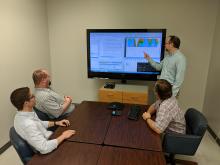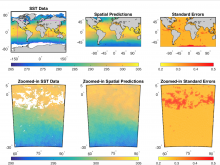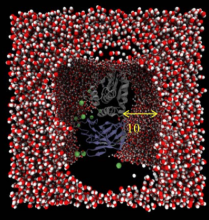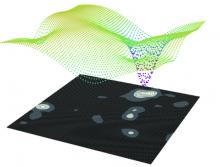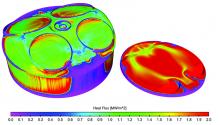Energy Conversion
The old adage goes, “it’s what’s inside that counts.” While most people aren’t talking about proteins when they say it, it certainly applies. Approximately half of all known proteins contain metal ions which play a crucial role in energy conversion reactions: think photosynthesis or carbon dioxide fixation.
